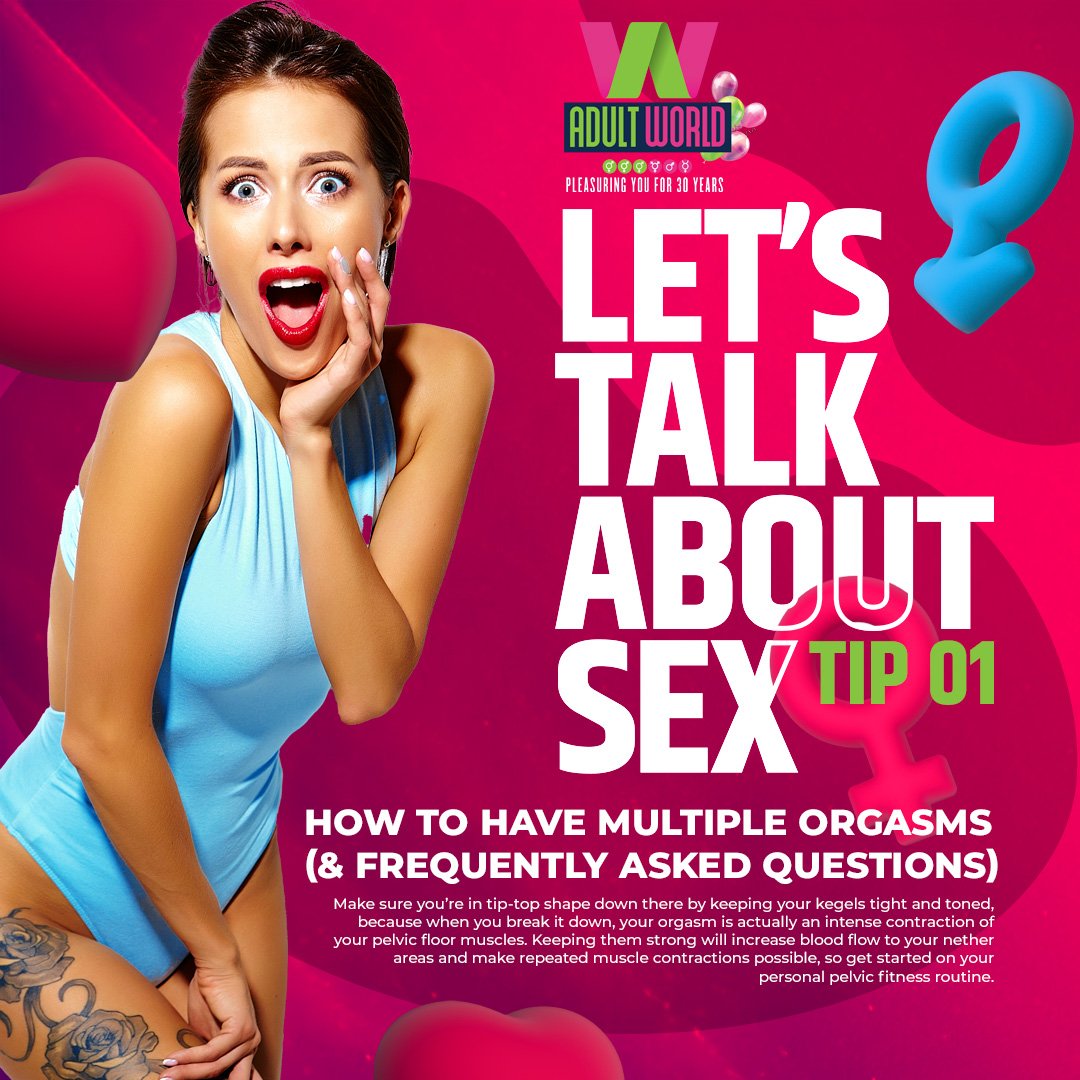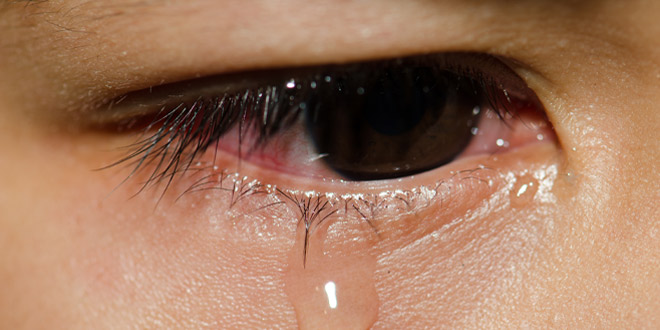

Exploring & Expressing Sexuality
While sex positive feminism is alive and thriving, society hasn’t necessarily been keeping up with it comes to how we, as society, view men and women differently when they are exploring and expressing their sexuality.
Lorrae Bradbury, Founder & CEO of Slutty Girl Problems, explains that ‘culturally, it’s socially acceptable for men to explore, express, and own they’re sexuality, while women are expected to be more submissive and less sexually forward. It’s not as socially acceptable for women to be the aggressor or act on their physical desires, and often, women who do so are negatively labeled, particularly with the word “slut.” Since women have more social repercussions when they actively pursue someone and express their physical desire, they often aren’t as open about it as men.’
We see this in the way the way expectations on women demand that they be sexy, but not ‘slutty’ too sexy, and confident, but not vain, and sexually skilled yet not too experienced. Put in this impossible balancing act, we can’t help but remove power from women because it is all based on how they are perceived by others.
Sex and relationship expert Reid Mihalko (of Reid About Sex) notes that there’s ‘a huge disparity in how culture lets men and women wield their sexual agency. Traditionally, it’s not only okay for men to be more sexually assertive and promiscuous, but their “supposed” to take charge of their sexuality. Whereas, conversely, female sexual agency is discouraged and disempowered, and women are “supposed” to be receptive, non-assertive, and not like sex too much.
The disparity between “men” and “women” is everywhere. You rarely hear a man called a nymphomaniac or slut, whereas those terms are used on women all the time – and never in positive ways. We have very few cultural references or role models for healthy, empowered, female promiscuity. It’s always a negative thing.’
Understanding Our Desire
The difference in how we understand and treat male and female desire is also striking; we have attributed a completely arbitrary baseline of how much desire is ‘normal’ without even accounting for some of the differences between how either become aroused. This is, in part, because we still have relatively little understanding of how to measure female arousal, given that physiological responses tend to be a lot more nuanced than in the male body, and seem, anecdotally at least, to be more often farther removed from how women report that they actually feel.
This is reflected in how the media tends to portray both, as sex and relationship coach Jacqueline Hellyer, notes that, ‘media focuses on ‘sexual desire’ rather than ‘sexual response’ and women definitely have greater potential sexual response than men. Even Masters and Johnson said that: “women can go places men can’t dream of”―as did countless Tantric and Taoist masters of yore.’
And, she adds, ‘there’s an assumption that women intrinsically have lower desire. I’ve even read scientific papers that take that as implicit assumption. It’s so ingrained in our society.’
Dr. Ian Kerner (Sex and Relationship Counselor and author of She Comes First) says, ‘We still use the concept of spontaneous desire to talk about deficits in both male and female sexuality. While it’s true that many men do respond to a single sexual cue (like seeing a sexy woman), women respond to multiple cues and experience responsive desire’
Accordingly, the recent attempts at creating ‘a female Viagra’ in the past 2 years seem to be somewhat unsuccessful. (Vlogger Arielle Scarcella notes that ‘women tend to not see hyposexuality as much of a problem as men do. That’s probably why there is only one or two meds that JUST came to the market last year.’)
Taking Control of Pleasure
However, we do find ourselves in a period of explosive development when it comes to sex positivity. The internet has created such a wealth of information for those who are feeling curious (or shamed by their curiosity) that they are able to find safe places in which to learn more and even learn how to bring it up with a partner.
Dr. Ian Kerner says, ‘We are experiencing a renaissance in sex toy design, and men and women have access to Apple design levels of quality. More women and men are enjoying toys, on their own and with each other.’
The shifting focus to shared pleasure, which can include similarly sharing part of your personal expression of pleasure with your partner, can be seen as one very positive development.
As Reid Mihalko notes, ‘One positive change is the recognition and growing conversation around the importance of “female pleasure” and the resulting education surrounding the clitoris and the female anatomy of arousal. Making conversations about sexuality include more about the clitoral “system” rather than having everything be about the penis is significant.’
In not just recognizing those women want outlets for exploring their pleasure as much as men do, we are able to at least begin to escape the particularly vicious cycle that exists in mainstream erotic content. Mainstream pornography has entered a vicious cycle wherein the industry stereotypes men as the only ones who enjoyed visual erotic content and thus tailor content to what men want (or, more accurately, as Reid Mihalko points out, ‘what the industry thinks men want to see).
‘It’s no surprise that top porn categories amongst heterosexual women are lesbian and gay male. That’s because women are interested in seeing extended acts of cunnilingus/clitoral stimulation and when they do want to see penises they’d prefer to see them in a way in which women are not being objectified,’ says Dr. Ian Kerner.
Times Are A-Changing (Slowly)
We can’t look at the current state of sexual disparity without hope, however. The internet and social media has opened us up to frank discussions and made us able to examine these issues on a much larger scale of shared experience, and perhaps even close the gulf between the sexes.
Jacqueline Hellyer sees that ‘social media has enabled a broader range of real experiences to be shared – including those of women who are sex-positive, have high desire or enthusiasm for sex; and shows the breadth of women’s sexual interests, and for men to show how they really feel about sex, with all their fears and hopes that go with it.’
And, as Lorrae Bradbury notes, ‘It’s also starting a conversation about a diverse array of sexualities, bringing previously marginalized or silenced groups out of the shadows, and allowing them to connect and share their experiences with the world. I believe that as our media continues to grow, sexuality will only become even more accepted and culturally normalized.’
Share:


Social Media
Most Popular


Sex and Smell: Things that Can Affect Your vagina’s Scent
How Does Sexual Arousal Change Across the Menstrual Cycle?

Why Do I Cry After Sex?
Subscribe To Our Weekly Newsletter
Categories
Related Posts

Best Foods to Support Your Sex Life
When it comes to sexual performance, no food will magically boost it on its own, but some can go a long way working in synergy with other efforts, helping you

Sex and Smell: Things that Can Affect Your vagina’s Scent
This article was scientifically reviewed by Human Sexuality expert Dr. Laurie Mintz. She is a professor, researcher, private practitioner and Fellow of the American Psychological Association. When you combine two (or
How Does Sexual Arousal Change Across the Menstrual Cycle?
The menstrual cycle is divided into four phases—each of which are distinctly different. And during each phase, there are a lot of hormonal ups and downs, especially with the hormones estrogen, progesterone,

Why Do I Cry After Sex?
The thought of crying after sex may seem daunting, embarrassing, or just plain weird to a lot of folk. But in actuality, it’s more common than you may think! In



